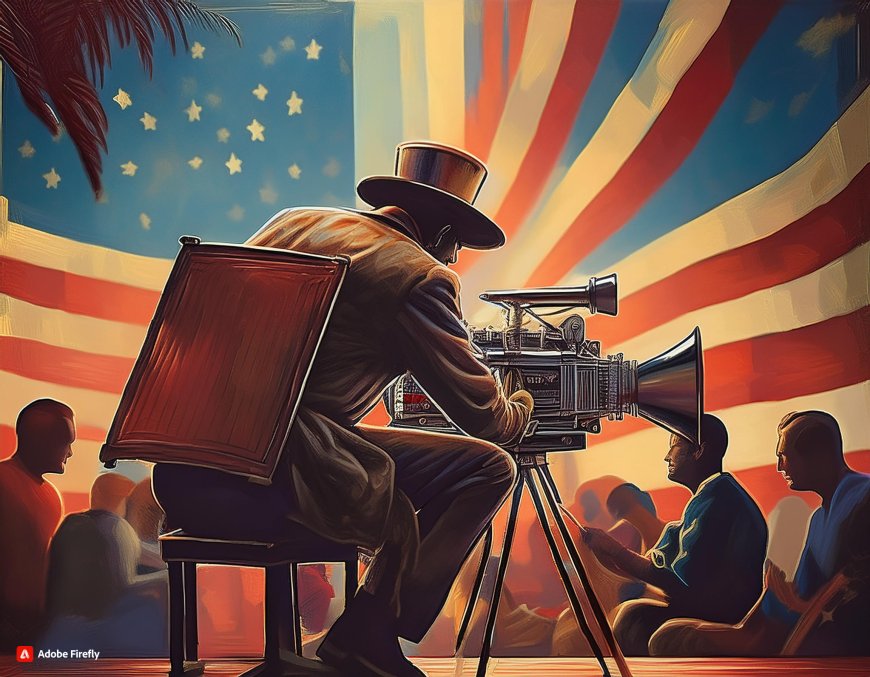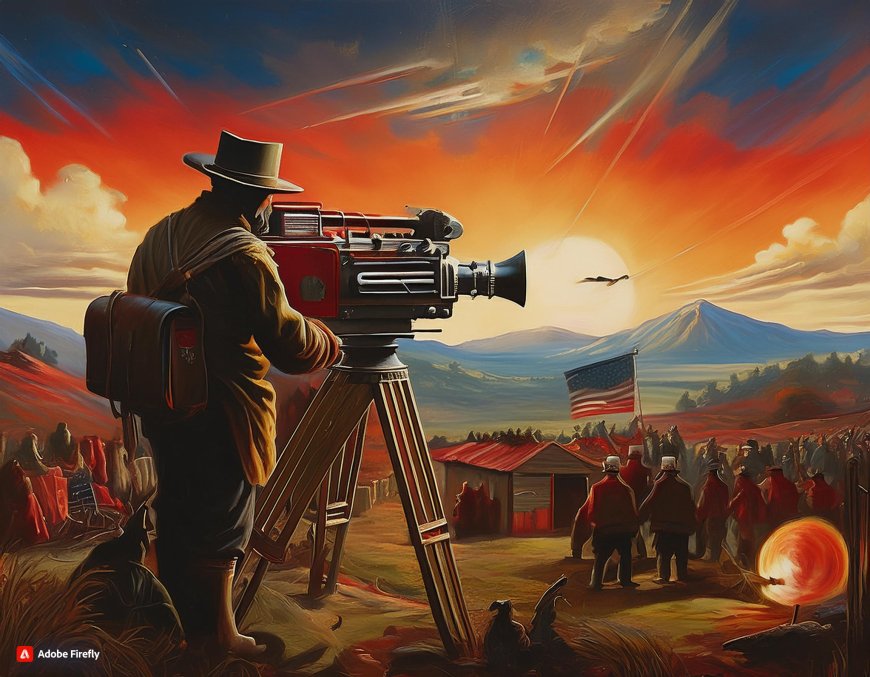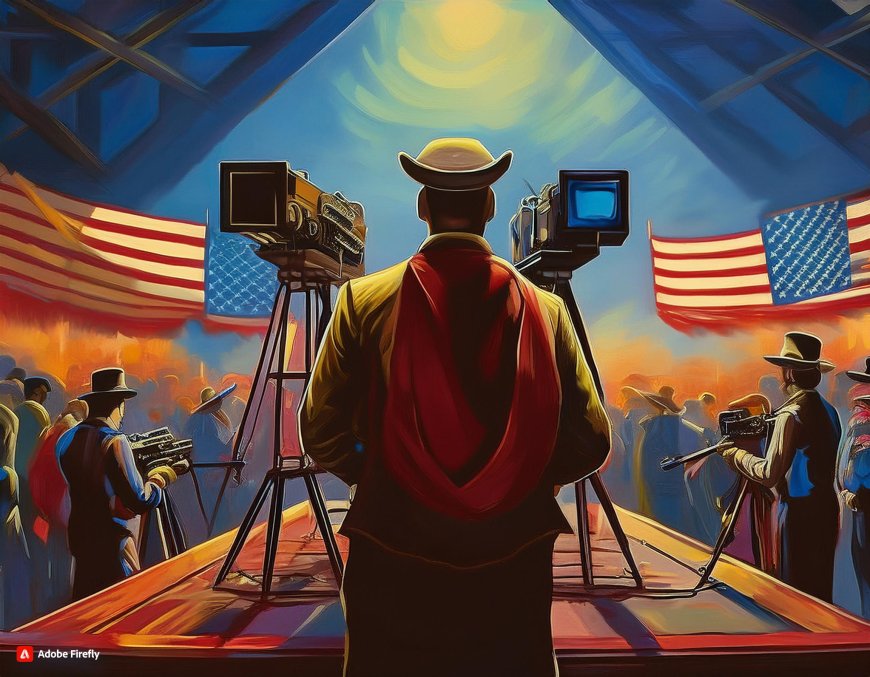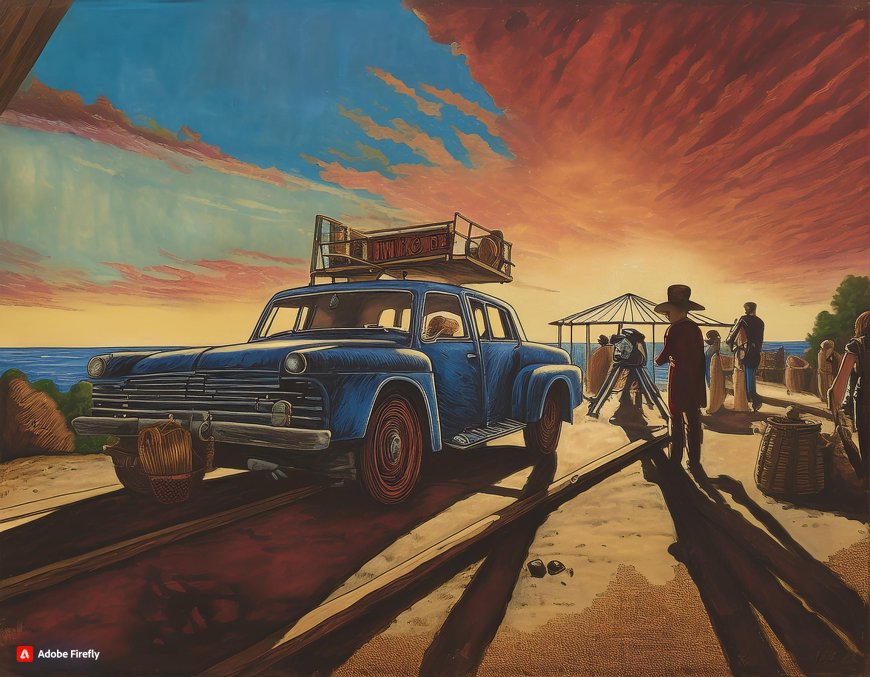filmmaking techniques pdf
Explore essential filmmaking techniques including dynamic framing, color psychology, and creative lighting to enhance your film’s storytelling and impact.
1. Dynamic Framing
- Concept: Position the camera to emphasize character emotions and narrative tension.
- Technique: Use close-ups to capture subtle expressions and wide shots to establish context and scale.
- Tip: Experiment with unconventional angles (e.g., low or high) to alter the audience’s perception.
2. Color Psychology
- Concept: Utilize color to convey mood, symbolism, and character development.
- Technique: Apply color grading to create visual harmony or dissonance, depending on the desired emotional impact.
- Tip: Use contrasting colors to highlight conflicts or align color schemes with character arcs.
3. Creative Lighting
- Concept: Manipulate light sources to shape the atmosphere and focus on key elements.
- Technique: Employ natural light for realism or artificial lighting to craft dramatic effects.
- Tip: Use shadows and silhouettes to add depth and intrigue, revealing or concealing aspects of the story.
4. Innovative Sound Design
- Concept: Enhance storytelling through audio elements beyond dialogue.
- Technique: Layer ambient sounds, foley effects, and thematic scores to build an immersive experience.
- Tip: Employ sound motifs to signal recurring themes or emotional shifts.
5. Pacing Through Editing
- Concept: Control the rhythm and tension of the film through the timing and sequence of shots.
- Technique: Use quick cuts for high-energy scenes and longer takes for moments requiring reflection or drama.
- Tip: Sync edits with musical cues or character actions to enhance the overall flow.
6. Cinematic Composition
- Concept: Arrange visual elements within the frame to guide audience focus and convey meaning.
- Technique: Apply the rule of thirds, leading lines, and framing devices to structure scenes.
- Tip: Break traditional compositional rules intentionally to create striking or unconventional visuals.
7. Camera Movement
- Concept: Use movement to add dynamism and perspective to the narrative.
- Technique: Incorporate techniques like tracking shots, dolly moves, and handheld shots to affect tone and intimacy.
- Tip: Align camera movements with character journeys or plot developments for cohesive storytelling.
8. Symbolic Props and Set Design
- Concept: Infuse objects and settings with symbolic meaning to enrich the narrative.
- Technique: Choose props and design environments that reflect thematic elements or character traits.
- Tip: Use subtle changes in set design or props to signify shifts in character development or plot progression.
9. Visual Metaphors
- Concept: Embed deeper meanings into visual elements to enhance thematic expression.
- Technique: Employ recurring imagery or visual motifs to echo the film’s central messages or conflicts.
- Tip: Integrate metaphors naturally into the narrative to avoid overt or heavy-handed symbolism.
10. Unique Narrative Structures
- Concept: Challenge traditional storytelling formats to create innovative narratives.
- Technique: Experiment with non-linear timelines, multiple perspectives, or unreliable narrators.
- Tip: Ensure that the structure serves the story and engages the audience without causing confusion.
These techniques offer a diverse toolkit for filmmakers aiming to craft visually and emotionally compelling stories.

 Edward Smith
Edward Smith 










